Some letters feel like they were made for the kitchen, and M is one of them. Say the word “mustard” and you can already picture seeds popping in hot oil. Think of “mace” and you might imagine the warm fragrance curling up from a pot of stew. From the sharp tang of amchur to the sweetness of Madagascar vanilla, the M-section is bursting with contrasts.
These are not quiet, background flavors. They take the lead—brightening curries, deepening sauces, sweetening desserts, and setting entire culinary traditions apart. In this guide, we’ll explore the spices, seasonings, and herbs that begin with M, each one carrying its own character and story into the meals we love.
Spices that Start with M
1. Mace
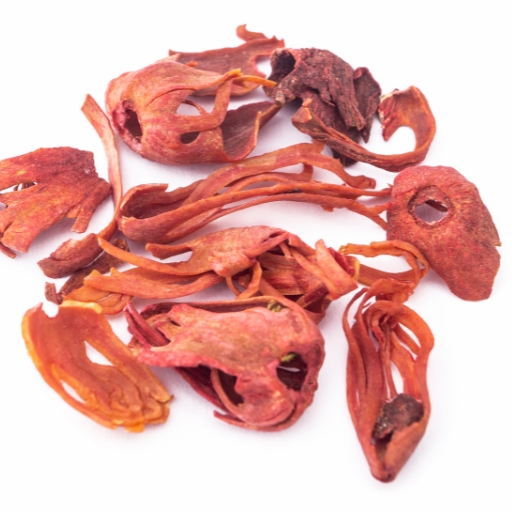
- Origin & History: Harvested from the red lacy covering (aril) of nutmeg seeds; long valued in Europe and Asia.
- Appearance: Thin, bright red when fresh, drying to orange-brown strips or powder.
- Taste & Aroma: Warm, slightly sweeter and more delicate than nutmeg.
- Culinary Uses: Cakes, cookies, sausages, stews, and béchamel sauces.
- Health Benefits: Supports digestion and may reduce inflammation.
- Fun Fact: In the 17th century, mace was so valuable it was worth more than its weight in gold.
2. Mustard Seeds (Black, Brown, Yellow)
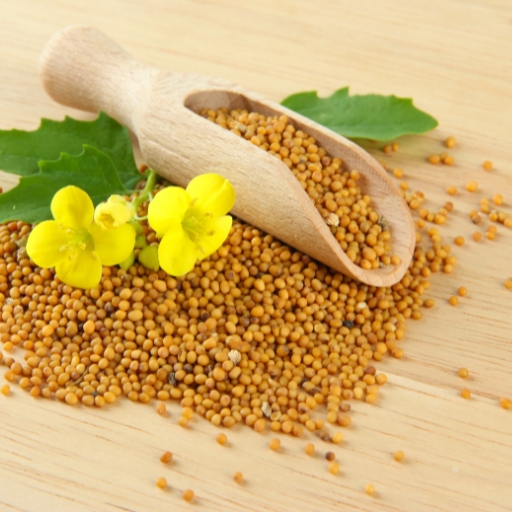
- Origin & History: Cultivated for thousands of years in India, the Mediterranean, and Europe.
- Appearance: Tiny round seeds in shades from pale yellow to black.
- Taste & Aroma: Nutty, pungent, sharp when crushed or cooked in oil.
- Culinary Uses: Curries, pickles, salad dressings, condiments, spice rubs.
- Health Benefits: Rich in selenium and omega-3s; aids digestion.
- Fun Fact: Ancient Greeks considered mustard a gift from the gods.
3. Mahleb (Mahlab)
- Origin & History: Made from the seeds of the St. Lucie cherry, used in Middle Eastern and Mediterranean baking.
- Appearance: Pale beige powder with a nutty scent.
- Taste & Aroma: Almond-like, sweet, slightly floral.
- Culinary Uses: Flavors breads, cakes, and festive pastries.
- Health Benefits: Contains antioxidants and aromatic compounds that may aid relaxation.
- Fun Fact: Often used in Greek Easter bread (tsoureki).
4. Malagueta Pepper
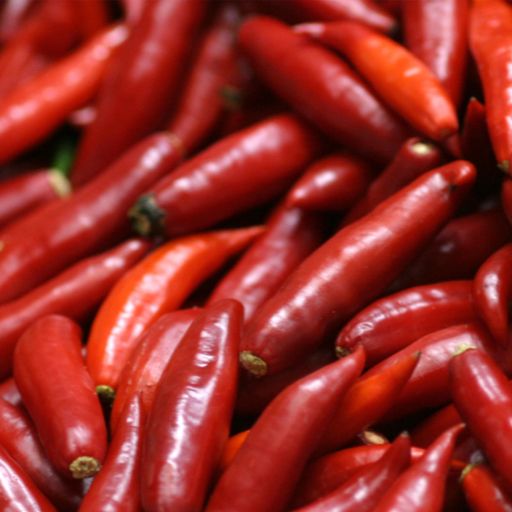
- Origin & History: Native to Central and South America; widely used in Brazilian and Portuguese cuisines.
- Appearance: Small, slender red chilies.
- Taste & Aroma: Hot, fruity, fiery.
- Culinary Uses: Hot sauces, marinades, stews, and bean dishes.
- Health Benefits: Capsaicin boosts metabolism and circulation.
- Fun Fact: The name “malagueta” confused early spice traders, who thought it was the same as West African grains of paradise.
5. Mango Powder (Amchur)
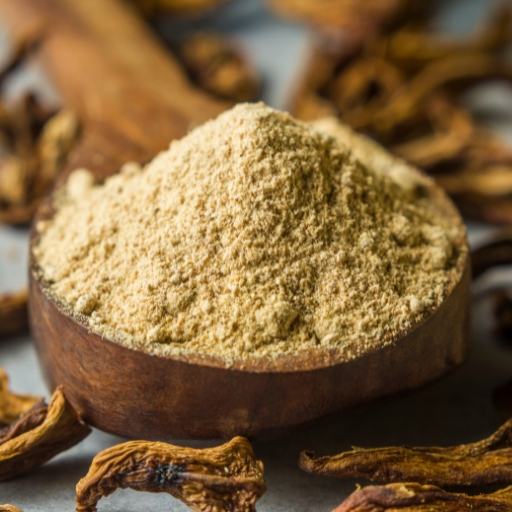
- Origin & History: Traditional Indian spice made from dried green mangoes.
- Appearance: Light brown, fine powder.
- Taste & Aroma: Tangy, sour, fruity.
- Culinary Uses: Curries, chutneys, marinades, street snacks.
- Health Benefits: High in vitamin C, aids digestion.
- Fun Fact: Street vendors in India sprinkle amchur over fruit salads for extra zing.
6. Maras Pepper (Turkish Chili)
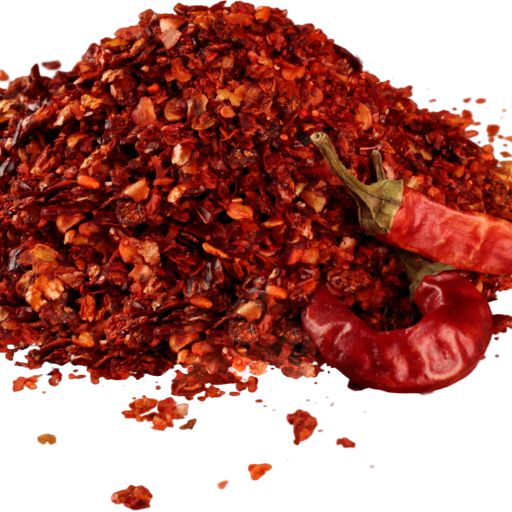
- Origin & History: Named after the city of Kahramanmaraş in Turkey.
- Appearance: Crushed red flakes with a deep burgundy hue.
- Taste & Aroma: Mild to medium heat, smoky, fruity.
- Culinary Uses: Sprinkled on kebabs, vegetables, eggs, and meze.
- Health Benefits: Rich in vitamins A and C.
- Fun Fact: Often confused with Aleppo pepper, but it’s slightly smokier.
7. Madagascar Vanilla
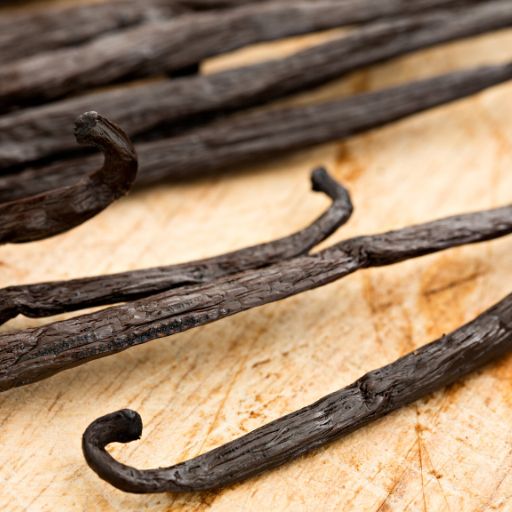
- Origin & History: Madagascar is the world’s largest producer of Bourbon vanilla.
- Appearance: Long, dark brown pods filled with tiny seeds.
- Taste & Aroma: Sweet, floral, creamy.
- Culinary Uses: Desserts, ice cream, baked goods, custards.
- Health Benefits: Contains vanillin, a compound with antioxidant properties.
- Fun Fact: Each vanilla flower must be hand-pollinated — a reason for its high cost.
8. Mitmita (Ethiopian Spice Blend)
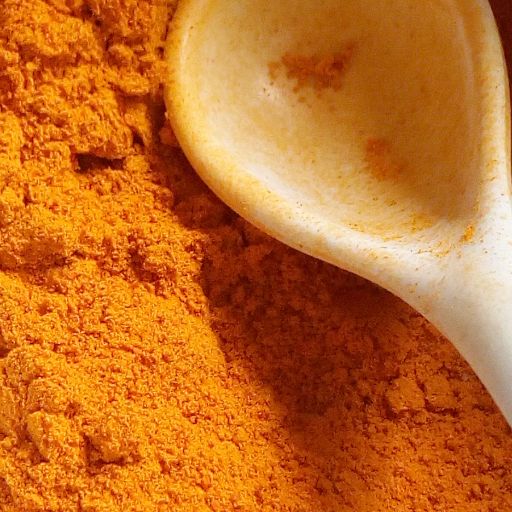
- Origin & History: A traditional Ethiopian spice mix.
- Appearance: Bright orange powder.
- Taste & Aroma: Spicy-hot with chili, cardamom, and cloves.
- Culinary Uses: Sprinkled on raw beef dishes (kitfo), eggs, stews.
- Health Benefits: Stimulates digestion and circulation.
- Fun Fact: Ethiopians often carry a small pouch of mitmita to spice meals anywhere.
9. Mugwort (as Spice Herb)
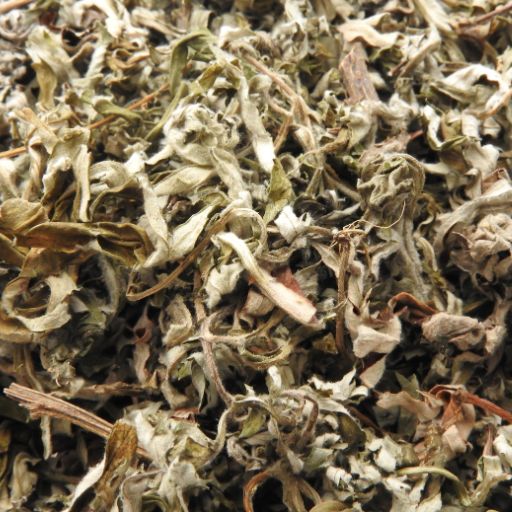
- Origin & History: Native to Europe and Asia; used in medieval kitchens.
- Appearance: Green-grey leaves, dried and crumbled.
- Taste & Aroma: Bitter, earthy, herbal.
- Culinary Uses: Traditional seasoning for fatty meats like goose and pork.
- Health Benefits: Aids digestion, especially for heavy dishes.
- Fun Fact: Germans once called it the “goose herb” for its use with roast goose.
10. Mustard Powder
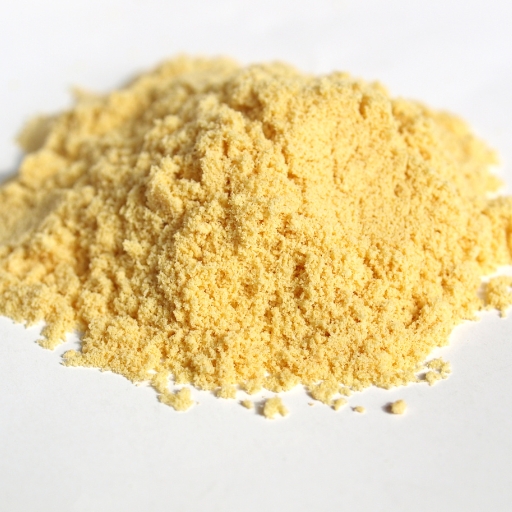
- Origin & History: Ground from dried mustard seeds; widely used worldwide.
- Appearance: Pale yellow powder.
- Taste & Aroma: Sharp, pungent, nose-tingling.
- Culinary Uses: Sauces, pickles, dry rubs, salad dressings.
- Health Benefits: Supports metabolism and immunity.
- Fun Fact: English mustard powder became famous thanks to Colman’s of Norwich in the 1800s.
Seasonings that Start with M
1. Madras Curry Powder
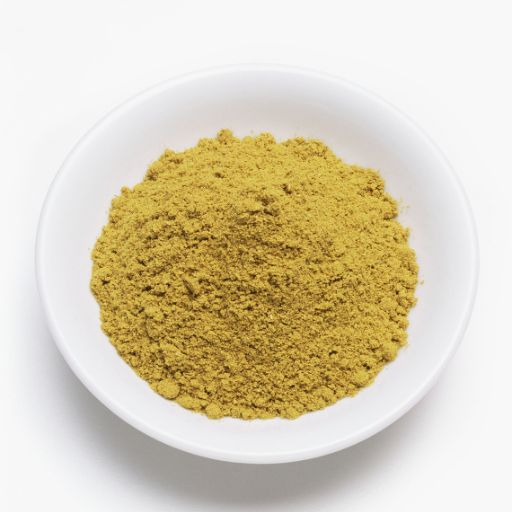
- Origin & History: Originated in South India; made popular by British traders.
- Appearance: Golden-yellow blend with turmeric, chili, coriander, and fenugreek.
- Taste & Aroma: Hotter than standard curry powder, earthy, peppery.
- Culinary Uses: Curries, soups, lentils, and marinades.
- Health Benefits: Anti-inflammatory from turmeric; aids digestion.
- Fun Fact: In India, no two curry blends are alike—each family or vendor has its own recipe.
2. Montreal Steak Seasoning
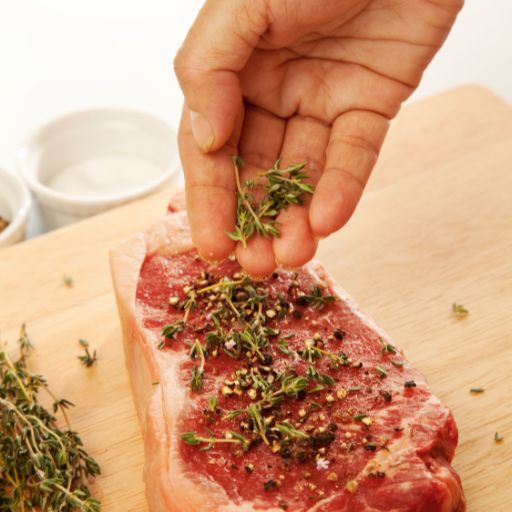
- Origin & History: Inspired by Romanian Jewish delis in Montreal during the 20th century.
- Appearance: Coarse mix of cracked pepper, garlic, coriander, salt, and dill seed.
- Taste & Aroma: Bold, peppery, garlicky.
- Culinary Uses: Steaks, burgers, grilled vegetables.
- Health Benefits: Uses spices that support digestion and heart health.
- Fun Fact: First became popular at Schwartz’s Deli in Montreal.
3. Moroccan Ras el Hanout
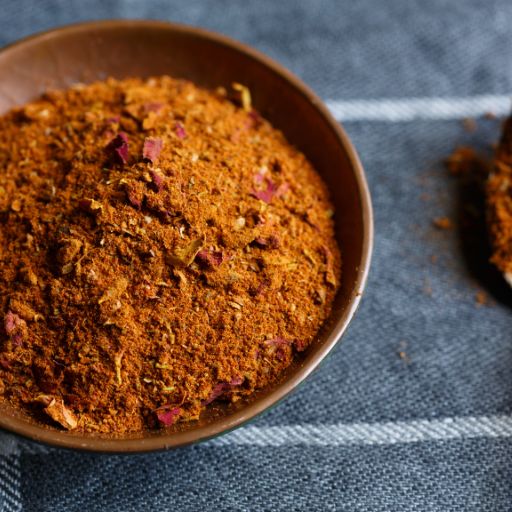
- Origin & History: A traditional Moroccan blend; the name means “head of the shop.”
- Appearance: Reddish-brown, highly aromatic powder.
- Taste & Aroma: Complex, warm, slightly sweet.
- Culinary Uses: Tagines, couscous, stews, rice dishes.
- Health Benefits: Packed with antioxidant-rich spices like cinnamon, cardamom, and ginger.
- Fun Fact: Some blends include over 30 spices!
4. Memphis BBQ Rub
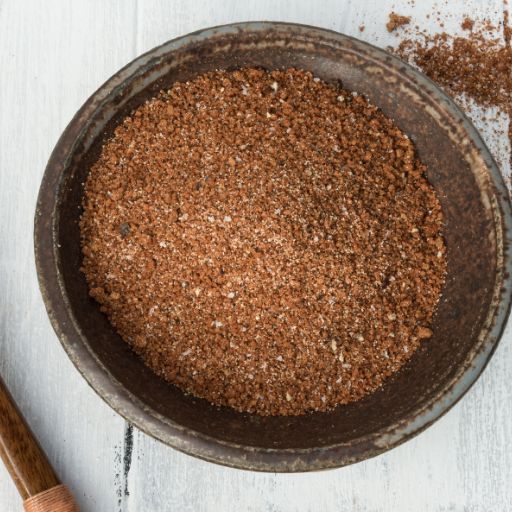
- Origin & History: Classic American barbecue seasoning from Tennessee.
- Appearance: Reddish-brown dry rub.
- Taste & Aroma: Smoky, sweet, peppery.
- Culinary Uses: Pork ribs, chicken, and brisket.
- Health Benefits: Paprika and chili provide antioxidants.
- Fun Fact: Memphis barbecue is famous for its “dry rub” ribs, served without sauce.
5. Mango Chutney Seasoning
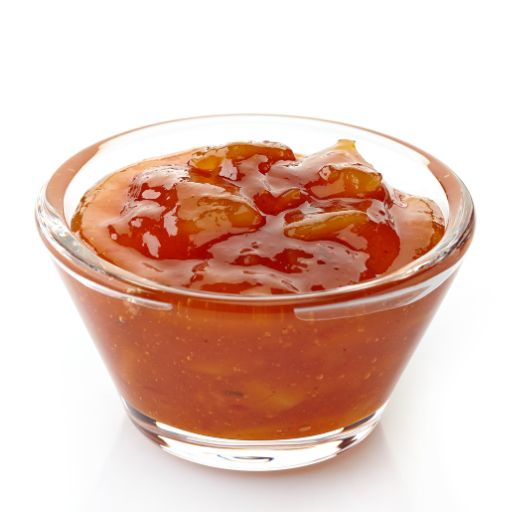
- Origin & History: Inspired by Indian chutneys; adapted into a dry blend or paste.
- Appearance: Golden-orange mix with dried mango, sugar, vinegar, and spices.
- Taste & Aroma: Sweet, tangy, mildly spiced.
- Culinary Uses: Served with curries, cheeses, meats.
- Health Benefits: Vitamin C-rich, supports digestion.
- Fun Fact: British colonials carried mango chutney recipes back to England, where it became a pantry staple.
6. Mole Sauce Seasoning
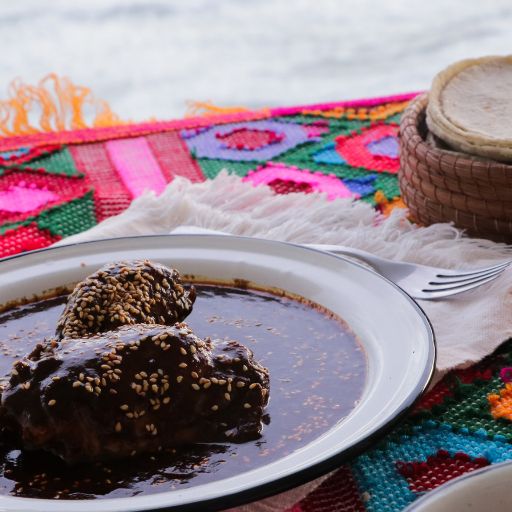
- Origin & History: Traditional in Mexican cuisine; recipes date back to pre-Columbian times.
- Appearance: Deep brown sauce or seasoning mix with chili, cacao, and spices.
- Taste & Aroma: Rich, smoky, chocolatey-spicy.
- Culinary Uses: Poultry, pork, enchiladas, tamales.
- Health Benefits: Cacao provides antioxidants; chilies boost metabolism.
- Fun Fact: Mole poblano is often served during weddings and festivals.
7. Mediterranean Herb Blend
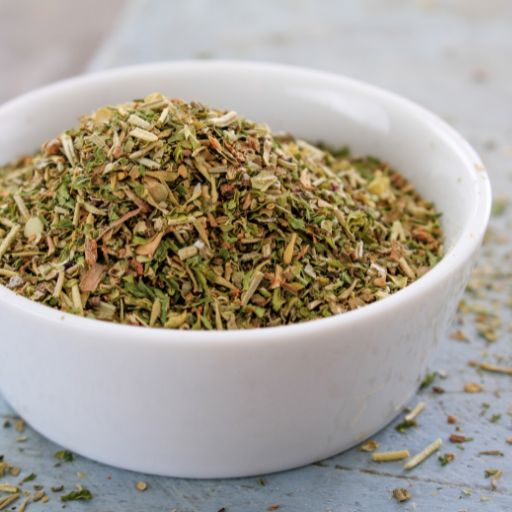
- Origin & History: A mix inspired by Mediterranean diets, combining herbs and spices.
- Appearance: Greenish-brown dry blend.
- Taste & Aroma: Fresh, herby, savory.
- Culinary Uses: Roasted vegetables, grilled meats, pasta sauces.
- Health Benefits: Contains heart-healthy herbs like oregano, thyme, and rosemary.
- Fun Fact: The Mediterranean diet, rich in these herbs, is linked to longevity.
Herbs that Start with M
1. Marjoram
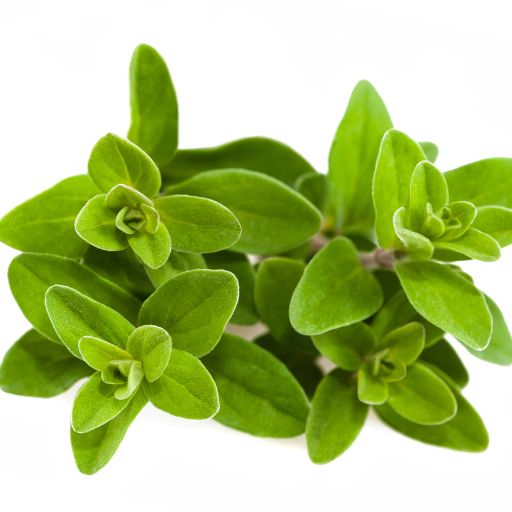
- Origin & History: Native to the Mediterranean; cherished since ancient Greece.
- Appearance: Small, oval, gray-green leaves.
- Taste & Aroma: Sweet, mild, slightly floral.
- Culinary Uses: Seasoning for meats, soups, stews, and sauces.
- Health Benefits: Aids digestion, has anti-inflammatory properties.
- Fun Fact: In Greek mythology, marjoram was said to be a gift from Aphrodite.
2. Mint (Spearmint & Peppermint)
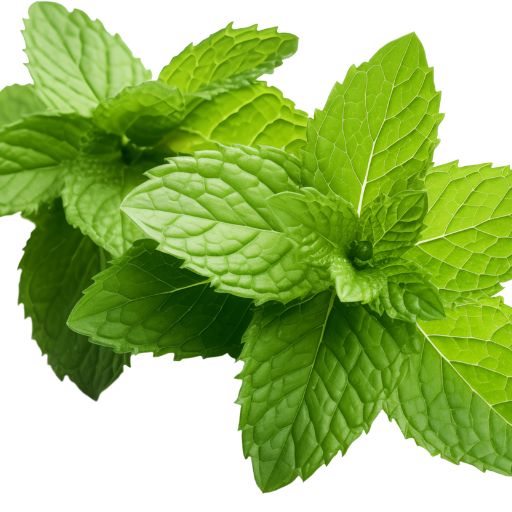
- Origin & History: Native to Europe, Asia, and the Middle East; widely cultivated worldwide.
- Appearance: Bright green serrated leaves.
- Taste & Aroma: Cool, refreshing, sweet.
- Culinary Uses: Teas, desserts, cocktails, chutneys, salads.
- Health Benefits: Soothes digestion, relieves headaches, freshens breath.
- Fun Fact: Ancient Egyptians placed mint leaves in tombs as part of burial rituals.
3. Mountain Savory (Winter & Summer Savory)
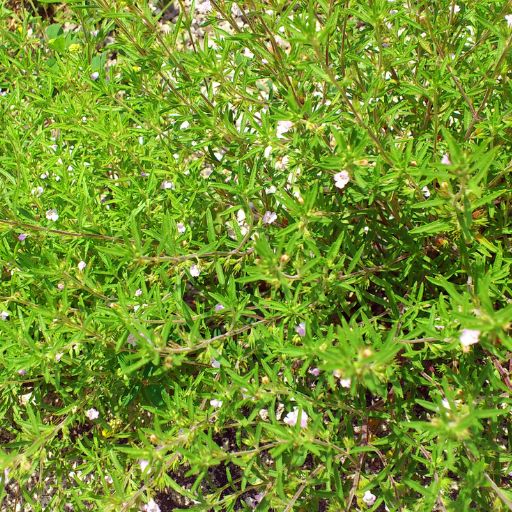
- Origin & History: Native to Southern Europe and the Mediterranean.
- Appearance: Slender stems with narrow green leaves.
- Taste & Aroma: Peppery, thyme-like, pungent.
- Culinary Uses: Sausages, beans, soups, and stews.
- Health Benefits: Antimicrobial and digestive aid.
- Fun Fact: Romans called savory the “herb of love.”
4. Mexican Oregano
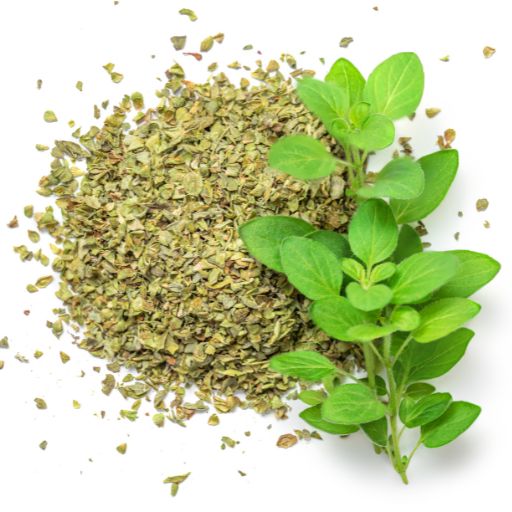
- Origin & History: Native to Mexico; not related to Mediterranean oregano.
- Appearance: Green, oval, slightly fuzzy leaves.
- Taste & Aroma: Earthy, citrusy, stronger than regular oregano.
- Culinary Uses: Chili, tacos, stews, and salsa.
- Health Benefits: Antioxidant-rich and immune-supporting.
- Fun Fact: Essential in authentic Mexican chili recipes.
5. Methi (Fenugreek Leaves)
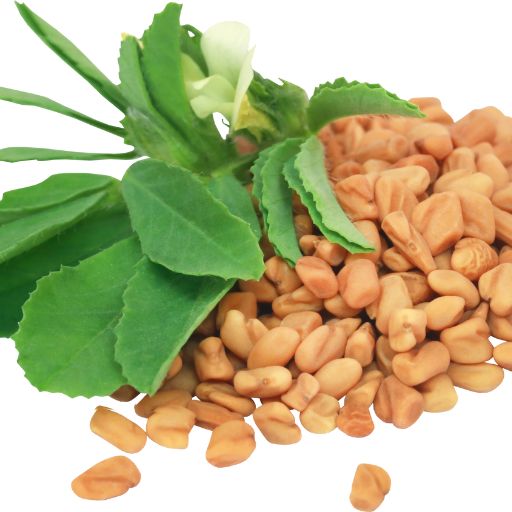
- Origin & History: Widely grown in India and the Middle East; used in Ayurveda for centuries.
- Appearance: Small green leaves with three leaflets.
- Taste & Aroma: Slightly bitter, nutty, maple-like.
- Culinary Uses: Curries, flatbreads, vegetable dishes.
- Health Benefits: Supports digestion and helps regulate blood sugar.
- Fun Fact: Fresh fenugreek leaves are as prized as the seeds in Indian cooking.
6. Mustard Greens
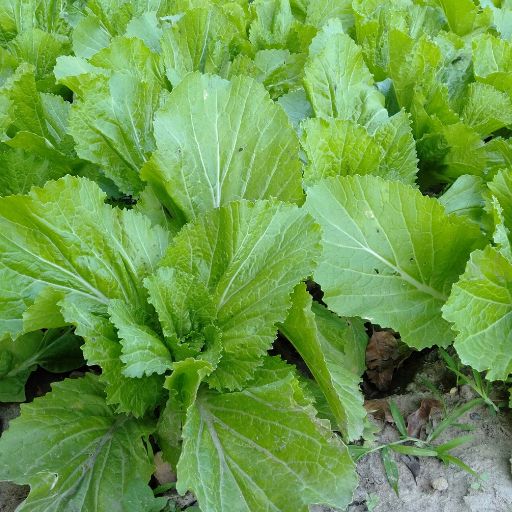
- Origin & History: Native to Asia; cultivated in China, Japan, and India.
- Appearance: Large green leaves with frilly edges.
- Taste & Aroma: Peppery, sharp, spicy.
- Culinary Uses: Stir-fries, soups, pickles, and Southern U.S. cooking.
- Health Benefits: High in vitamin K, A, and antioxidants.
- Fun Fact: Popular in soul food dishes in the American South.
7. Moringa Leaves
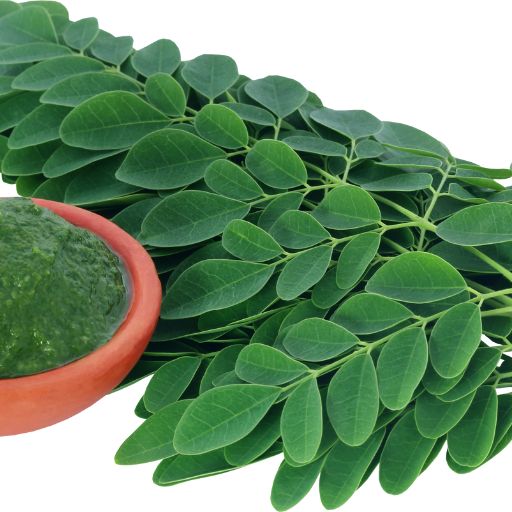
- Origin & History: Native to India; also known as the “drumstick tree.”
- Appearance: Small, round green leaflets.
- Taste & Aroma: Mild, slightly bitter, spinach-like.
- Culinary Uses: Soups, curries, stir-fries, and herbal teas.
- Health Benefits: Extremely nutrient-dense, rich in vitamins A and C, iron, and calcium.
- Fun Fact: Nicknamed the “miracle tree” because nearly every part of it is edible.
8. Mint Basil (Thai Basil / Lemon Basil variants under M)
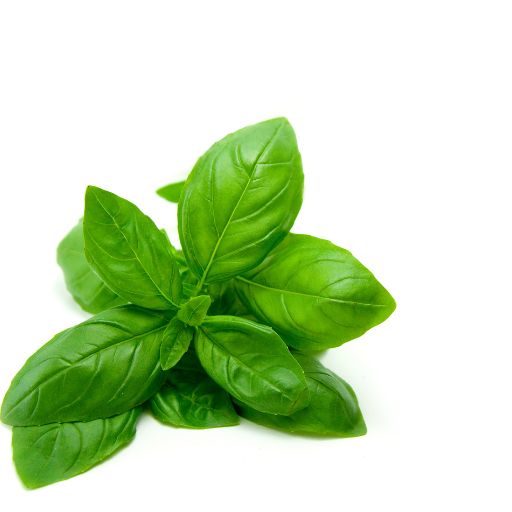
- Origin & History: Common in Southeast Asia, especially Thai and Vietnamese cooking.
- Appearance: Green leaves with purple stems (Thai basil).
- Taste & Aroma: Basil with a spicy, minty note.
- Culinary Uses: Pho, curries, salads, stir-fries.
- Health Benefits: Antibacterial, supports digestion.
- Fun Fact: Thai basil keeps its flavor even when cooked at high heat.
9. Malabar Spinach (Basella Alba)
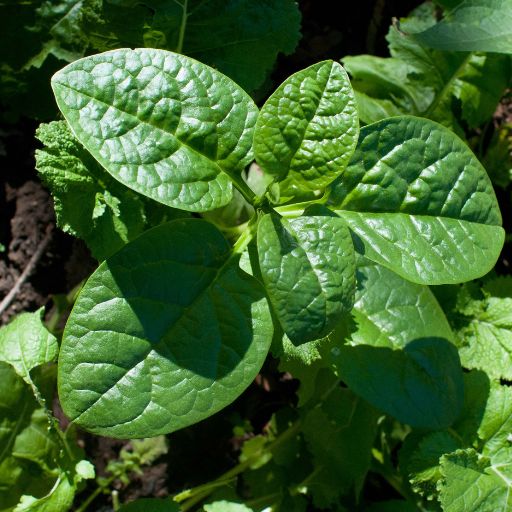
- Origin & History: Native to tropical Asia and Africa; popular in Indian and Southeast Asian cooking.
- Appearance: Thick, glossy green leaves and red or green stems.
- Taste & Aroma: Mild, spinach-like, slightly mucilaginous when cooked.
- Culinary Uses: Soups, curries, stir-fries, salads.
- Health Benefits: Rich in iron, calcium, and vitamin A.
- Fun Fact: Despite its name, it isn’t a true spinach but is often used as one in tropical kitchens.
The letter M fills the kitchen with warmth, color, and comfort—whether it’s the smoky kick of madras curry powder, the sweet depth of madagascar vanilla, or the refreshing lift of mint. These flavors remind us how a handful of leaves or a pinch of spice can turn an ordinary dish into something memorable. Up next, we’ll explore the N family, where nutty, earthy, and sometimes surprising flavors take center stage.

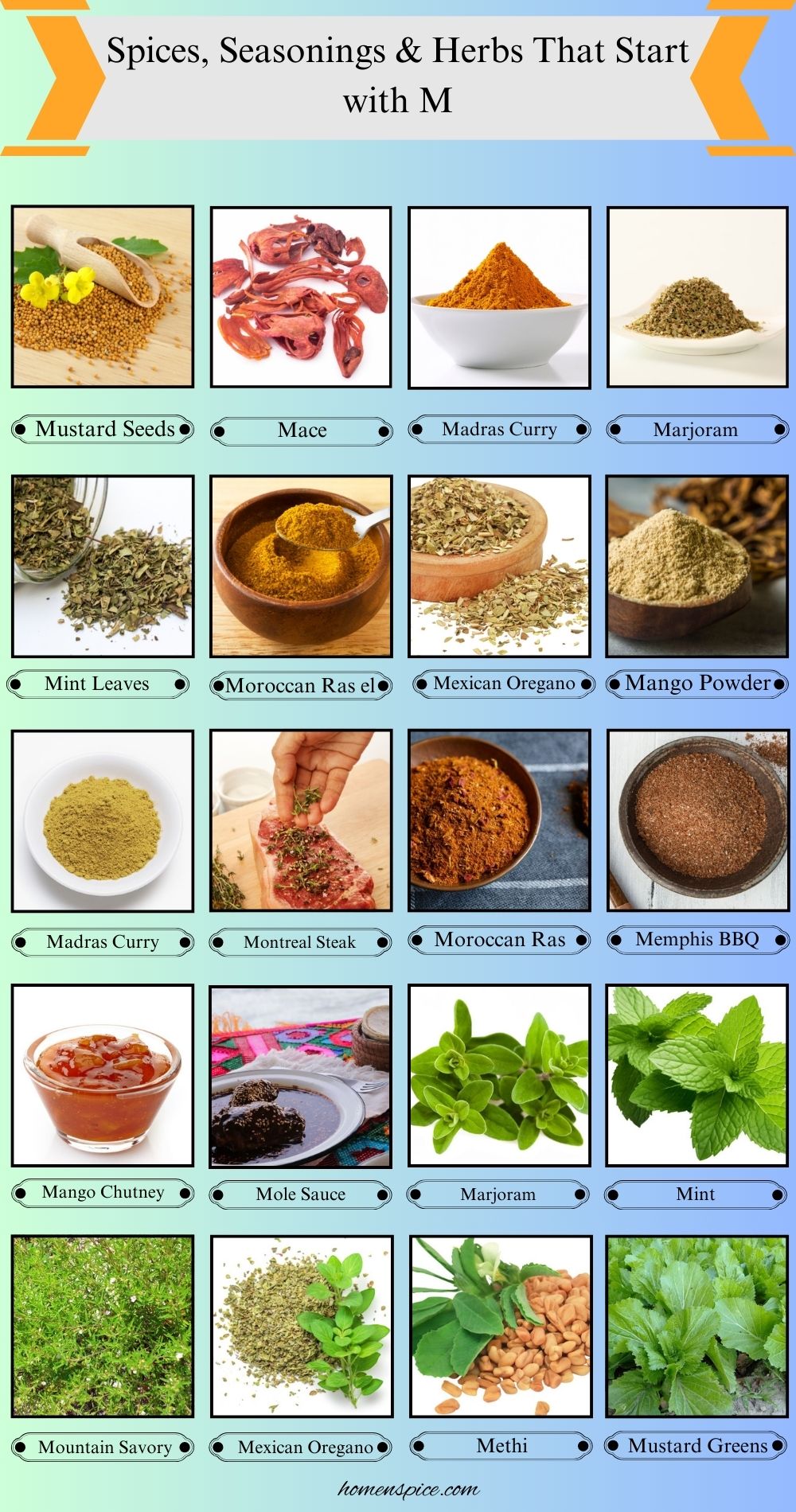
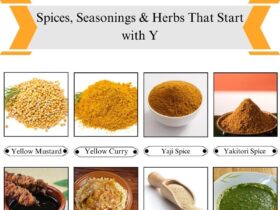
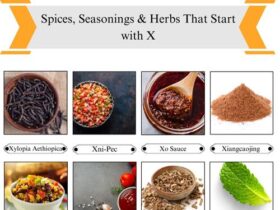
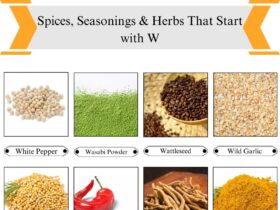
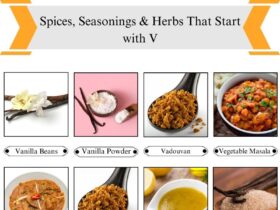
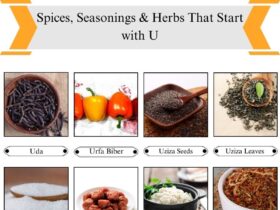
Leave a Reply